ARTWRITE #30: THE GALLERY SYSTEM
Stephanie L. Franks, Kysa Johnson, Dennis Kardon, Kate Shepherd, Brandi Twilley, Joseph Olisaemeka Wilson
When LA’s prestigious Blum Gallery closed in early July, these headlines caught my attention: “The Blumquake & The Next Shoes to Drop” and “Why Blum’s Closure is Shaking the Art World.” I wondered: were these claims exaggerated?
On Instagram, artists and art world insiders like Carrie Scott and Jeff Magid shared their takes on the closing, but it was this raw response from Joseph Olisaemeka Wilson, a young artist, that really caught my attention:
Just watched this interview with Tim Blum, I used to work at his gallery in LA. He's been dealing art for 35 years. He mentions art market system 'fatigue'. He’s closing his gallery in LA. and calls for some kind of change to the way we buy and sell and engage with art.
Made me think about my (much shorter) career. I have been living off the sale of my artwork for about 5 years and it has been a blessing to be able to do what I like to do and make a living. For the entirety of the 5 years, I have relied on a very small number of people, less than 10 I'd say, who have worked as my "dealers". They help me sell the work, obviously. And I have relied on them for a couple reasons.
They have the clients who are willing to spend significant money on artwork, And I don't have to do the talking and negotiating. Nice.
They advise me to allow them to control the market and placement of my work: prices, and WHO in particular gets to buy.
I am told, of course, not to sell anything out of my studio directly. Which is why if you have ever reached out to buy from me I probably gave you a response like, 'send an email to the gallery.' Which I hate saying OBVIOUSLY.
I have never dictated the prices of the work sold through these galleries and dealers, it's always a decision made by them, and yes I confirm it.
Over the years the price of my work has inflated with the art market at large. In 2020 I used to sell my paintings for $400-800 to a dealer everyone knows in exchange for studio and supplies. My show in 2024 with Vielmetter Gallery had paintings for sale for $40,000. They sold like 1/4th of the show, shipped it back to me and haven't heard from them since.
The price point is something that the gallery may or may not run by you. But when someone says hey we think we can sell your work for more, what do you say?
I need to stress the fact that the people that I have relied on to sell my work are a very small group of wealthy people who — have access to the kinds of people willing to spend 10-15k or more on an art piece, or have access to spaces where I can show my paintings. For the most part, I have very very little exchange with the people who actually love and engage with my work casually (show visitors, fans of the work basically) And even less exchange with people who have bought it.
Now we are here where we are. Tim Blum said in his interview that he and his colleagues looked at each other at Art Basel like what the fuck are we doing here. I haven't heard a word from the 4 or 5 galleries I work with in months, even chasing down these mf's for payment! My main gallery moved to LA. haven't talked since my show. Mind you, I have gotten in trouble for selling my work on the side. I have gotten chastised for selling my own work. And then I have to split the money 50% even on clients I bring to them. Hilarious. No way.
So with that, I sound the gavel forcefully!! I will attempt to sell my work myself and not rely on my precious overlords to do it for me! My work belongs to me and so do my prices and all that BS. I don't give a shit about my market or anything like that I never have I just make paintings. So I will take over the duties myself, for better or worse I will be in control. So if you ever wanted to own a painting of mine or a drawing or whatever it is, I will make it happen. I don't give a shit about a placement or a provenance. Ever!!!!. I want people to see my art, I'm done dancing to someone else's song.
Gutsy, right? I love Joseph’s honesty and am curious to see if he sticks to his pledge to break from the gallery system.
Joseph’s post raised questions I’ve always had about the relationship between artists and galleries. While earning a living as a performing artist or writer is undeniably difficult, those paths have always seemed relatively straightforward to me. Actors, dancers and classical musicians audition. Writers rely on agents to sell their books, plays or screenplays. But the art world isn’t as transparent as publishing, Broadway, or Hollywood.
When I think about visual artists trying to make a living from their art, I imagine them navigating a murky ecosystem. The way galleries favor opaque practices — undisclosed pricing, refusing to sell work to un-pedigreed buyers, private deals with collectors — has always felt sketchy to me. What does it mean for artists when gallerists keep their processes largely hidden?
The Blum brouhaha and Joseph's manifesto made me want to know how other artists navigate the system, so I reached out to Kysa Johnson, Kate Shepherd, and Brandi Twilley from previous ArtWrite issues, plus two new voices: Stephanie L. Franks and Dennis Kardon. As you read their responses, you’ll see revealing connections to Joseph’s experience.
The Current Market
DENNIS KARDON began showing work in 1983 and has exhibited widely in the United States and abroad. A New York Times review described his work as "generously painterly, voluptuously creepy narrative pictures of familial conflict, sexual angst and infantile yearning.” Kardon’s writing has been published in prominent art publications. I highly recommend his Instagram where he posts illuminating commentary on current art exhibits.
DENNIS: It's rather common knowledge that the market is in severe contraction, and when a major gallery closes, it becomes obvious how bad it is and what it means for the way art will be sold in the future.
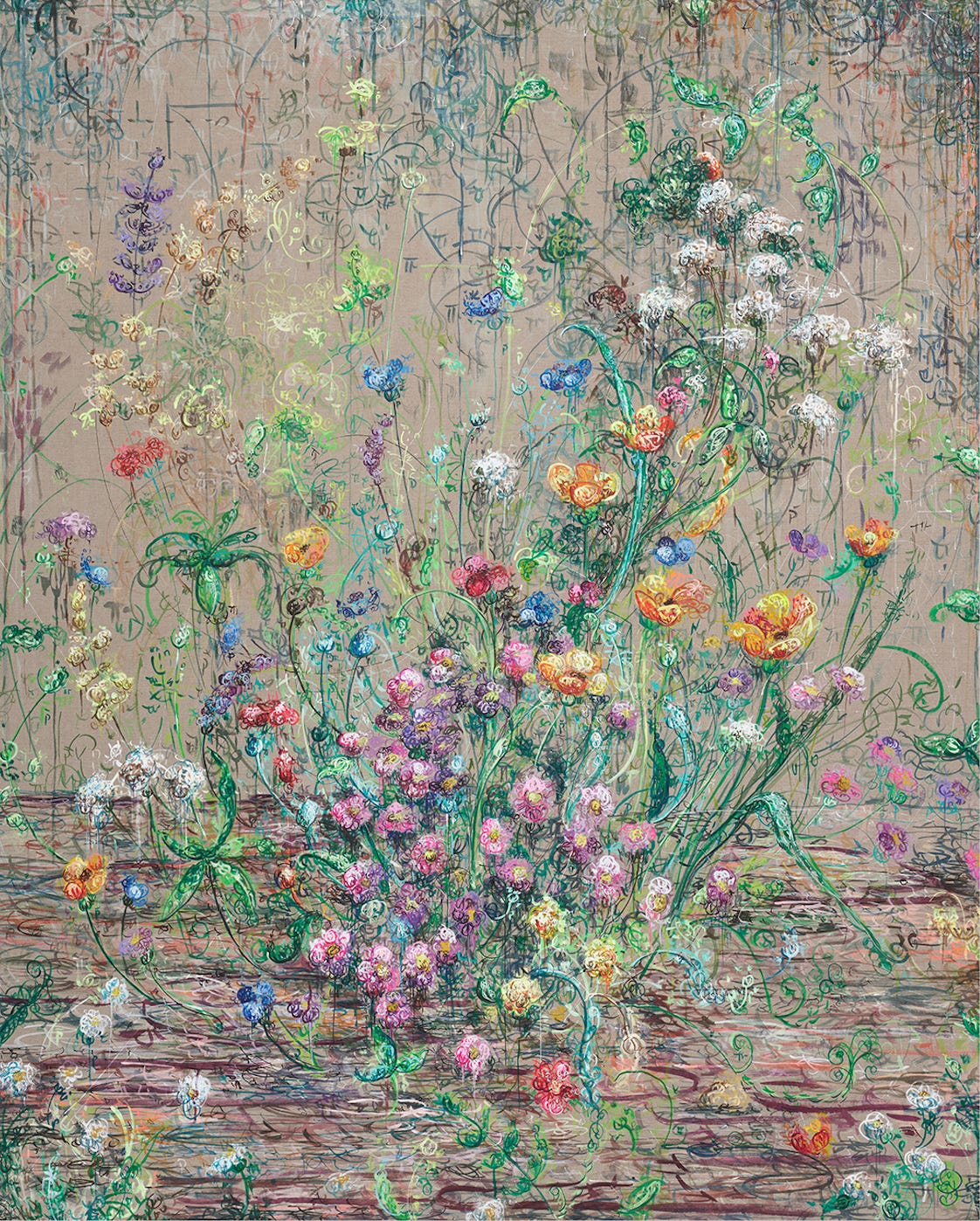
LA-based KYSA JOHNSON uses imagery of micro and macro patterns in nature such as subatomic decay patterns, maps of the universe, and molecular structures to reflect on our place in the physical universe and history. A solo show of Kysa's work is set to open at Morgan Lehman Gallery in the fall of 2026. Kysa will soon launch Be Excellent to Each Other Press. This project features monthly artist prints with a portion of proceeds donated to charity.
KYSA: There's pressure on galleries to do all of the art fairs and all of the promotion; they have a lot of overhead and expenses. The lift is impossible to maintain. A real shakeout is happening, and I don't think that's bad.
The system that I entered in '98 and the one that I'm in now seem to be different. Before '98, it was smaller. More intimate. The slowness – the space and time to really make good work, mess up sometimes and have room for a bad painting – has kind of gone away. That's unhealthy.
It's become very compressed and hyper market-facing with less opportunity for an internal sense of growth. An artist can peak early in terms of expectations; if your show doesn’t sell out before the show opens, the work is dead.
The New Rules
DENNIS: One-person shows in an art gallery used to be an indication of an artist's standing depending on the gallery and how successful it was in terms of sales and press. Now a significant amount of business in post-pandemic years has occurred as private deals and at art fairs, making a gallery exhibition in a public space not necessarily a profitable way of selling art.
These days the only route for an artist with ambition to international acclaim is to be represented by a high-end gallery—e.g. Zwirner, Hauser & Wirth, Pace, Gagosian, or formerly Blum & Poe.
Artists move through the system partly through social interactions; the more people artists form relationships with, the greater the odds that someone who has clout will hear about, see, and fall in love with their work. But like romantic love, artists, no matter how practiced in the latest trendy art-speak, can't make someone fall in love with their work—it has to connect to other people in some way. The best that artists can do is stay true to their work and increase their odds of people seeing it.
Who Has The Power?
STEPHANIE L. FRANKS’s collages, paintings and drawings give form to a conversation between her interior language of color and her perception of the exterior world. This fall, she will have a solo show at the Bowery Gallery and work exhibited in two gallery spaces in Hiroshima, Japan.
STEPHANIE: Critics do not cover shows at artist-run galleries. The Bowery and many other artist-run galleries in NYC have high standards and are not vanity galleries. It’s a ridiculous and nonsensical state of affairs.
DENNIS: It is a bet because the gallery can accommodate showing only so many artists; the work an artist does must continue to sell and for increasing amounts of money; and expenses for shipping, exhibiting, storing, real estate, and employment are huge.
KYSA: I've been increasingly aware of the perception that galleries have the power and artists don't because you need them to show your work. And if you push back, or talk about dealers’ bad practices, or you're vocal, you get the reputation of being a difficult artist. I've also had experiences where I'm owed a bunch of money for work sold. There's a group of us suing somebody right now. Artists put up with a lot of bullshit.
Gallery Realities
BRANDI TWILLEY repeatedly returns to subjects of significance from her childhood in Oklahoma, seeking to capture their essence in intimate renderings made with an accomplished painterly technique. Her work depicts both psychological states and the atmosphere of objects, activities and spaces. A show featuring her flower paintings will open at Sargent's Daughters in September.
BRANDI: Many artists who make great work are not well served by the gallery system. There are still not many opportunities for artists who are not going to move to New York. I'm thinking of disabled artists and people who are tied to other locations by family or jobs.
STEPHANIE: I am part of a terrific artist-run gallery, the Bowery Gallery in NYC. I believe the quality of artists there is as good as, or better than many commercial galleries. One of the beauties of the Bowery is that I can call the shots when it comes to showing.
BRANDI: I've always had good luck with opportunities to show at artist-run spaces like International Waters and Bible.
DENNIS: Right now the gallery system is serving me because I am represented by a major international gallery that sells my work to important international collectors and brings my work to some major art fairs, and has done a whole show of my work in London. I am not represented by a major American gallery, and I have no control over whether my work will continue to sell or increase in value. Also, my work is best appreciated as a real life experience in the context of several other of my paintings. To the extent that my work is presented one piece at a time at an art fair, I am not being seen at my strongest.
Known for her richly colored reflective paintings built with layers of monochromatic enamel, KATE SHEPHERD creates spatial conversations across the panel, the viewer, and gallery space. Shepherd has exhibited at museums and galleries across the United States and Europe since 1994.
KATE: Unfortunately galleries don't always show all the work I make. There are periods when I work in a vacuum and store years' worth of paintings. I wish this weren't so as I believe the paintings are just as good as others.
STEPHANIE: I have seen great artists go from relative fame to falling off the radar when their gallery closes or they are no longer part of the latest trend. This is a huge disservice not just to them but to their potential audiences.
KATE: Closing a gallery is particularly traumatic and dangerous for artists. Sometimes it's profoundly damaging. Mid-career is a touchy period for most artists.
What Works
STEPHANIE: One of the great things about galleries is seeing the actual physical artwork. Seeing work on a screen can never replace seeing the actual thing! I love that one can enter any number of gallery spaces freely and see sometimes amazing works of art and other times not so good. I like the eclecticism of the art world and a certain democracy about how one and all are welcome into gallery spaces.
BRANDI: In the gallery system, artists make things and gallerists try to create an aura around that work that leads to sales.
KATE: Good dealers are visionaries as well as the artists they represent. They take a stand and believe in their decisions, and hopefully remain steadfast through thin times.
KYSA: When a gallery relationship is at its best, they provide really good feedback and input. I've been really lucky to work with galleries that understood the weird things in my head. They've been able to express these ideas to the world and be the mouthpiece in a way that I can't to the people who can support my work.
KATE: The gallery takes half and works on our behalf. They pay when they are paid. They photograph work and promote it. They deal with the public. I don't want to sell my work directly from my studio. The interface of a gallery is key for me.
Wish List
BRANDI: Creating meaning is the reason we make things. Meaning sometimes can take time to reveal itself. If I live with an artwork or return to a museum show many times, I keep discovering new aspects of the work. In one article, Blum said that he wants to shift now to slower interaction with art and a focus on meaning. I'd like that too.
KYSA: The glut and the pace are just not healthy, so slower. More space, less vertical hierarchy, more communication, more conversations, more salon-y stuff, more parties, more of the stuff that brings everyone together and gets ideas and relationships and collaborations to manifest. Everyone should be supporting each other top to bottom because the ecosystem is stronger when all the parts get their due.
STEPHANIE: I would like to see the galleries be less driven by market trends, and more open to representing artists who do not necessarily follow a straight and narrow path. Also, I wish there was a way to more easily solicit the attention of art dealers without feeling demoralized and having to sacrifice so much studio time to do it.
DENNIS: For it to change in ways beneficial to me and art in general would mean values would have to change. One-person shows would have to go back to their prominence in the art dealing hierarchy. Real estate would have to be less expensive. Art fairs would have to change. Young collectors would have to value historically significant art and see art as an expression of consciousness. Artists would have to value the experience of making art over the desire to become rich and famous.
KATE: I wish that small and medium-tier galleries will thrive.
BRANDI: I can imagine a future where technology allows more equal access to the gallery system.
Hope Against Hope
STEPHANIE: I am not particularly hopeful. Perhaps the only way that will happen is if galleries are less market-driven and more interested in authenticity.
KATE: Unfortunately the large fish are growing.
BRANDI: I think the system will inevitably change, because the gallery system, like everything in life, is impermanent. Just think how much has changed in the last 20 years, because of the ability to easily share images over the internet.
KYSA: Yes. God knows why. Hope against hope. Born that way.
DENNIS: Oh it's going to change, that's not a matter of hope. Am I hopeful it will change in ways that will benefit art and artists? Probably not. Why? The nature of capitalism and a culture that values fame over content. And yet I have to believe that real art will continue to be made and eventually appreciated.
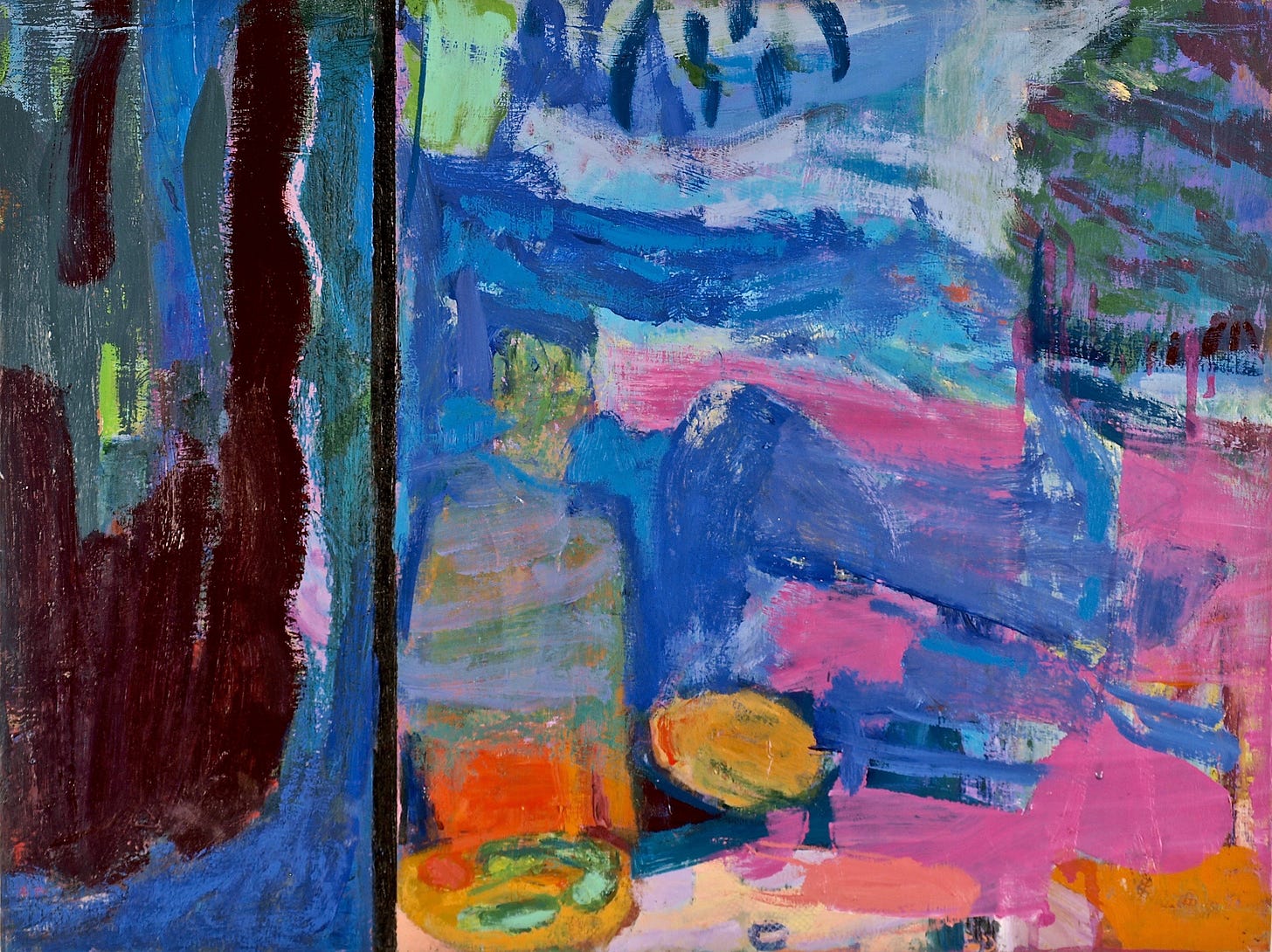
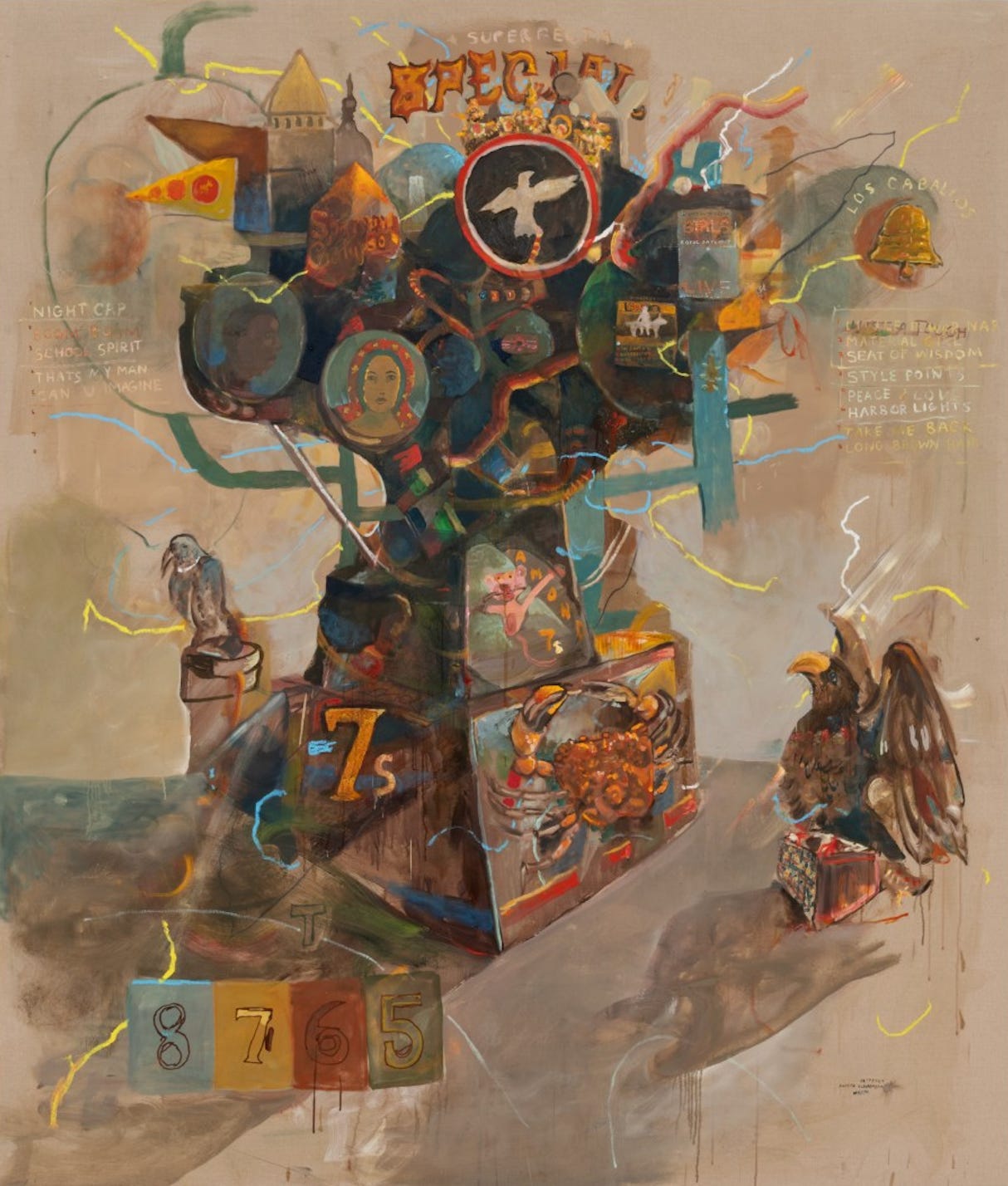
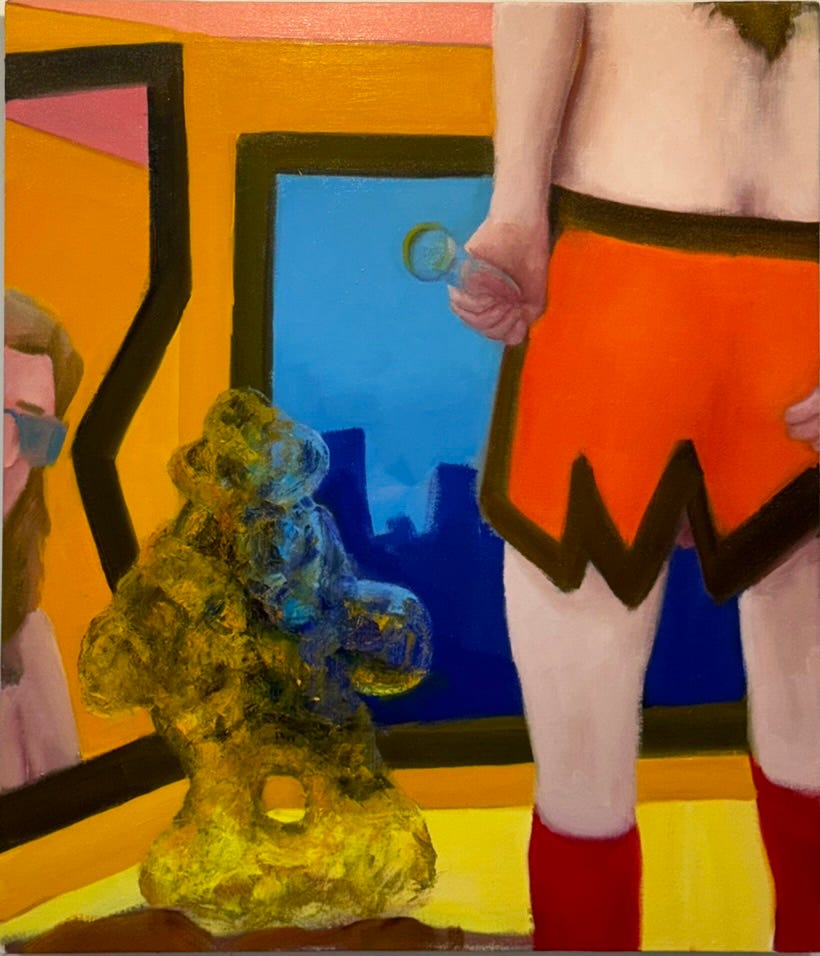
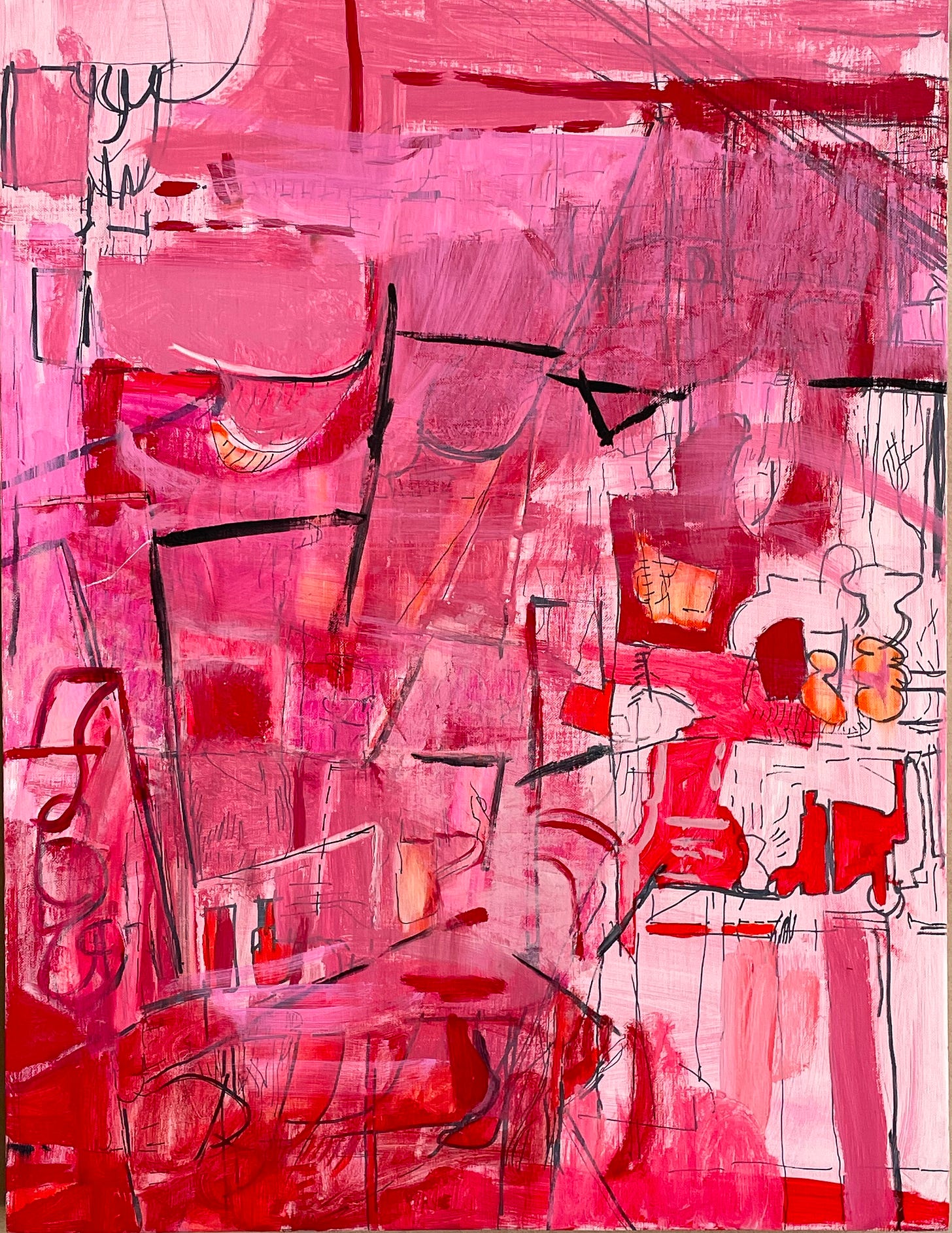
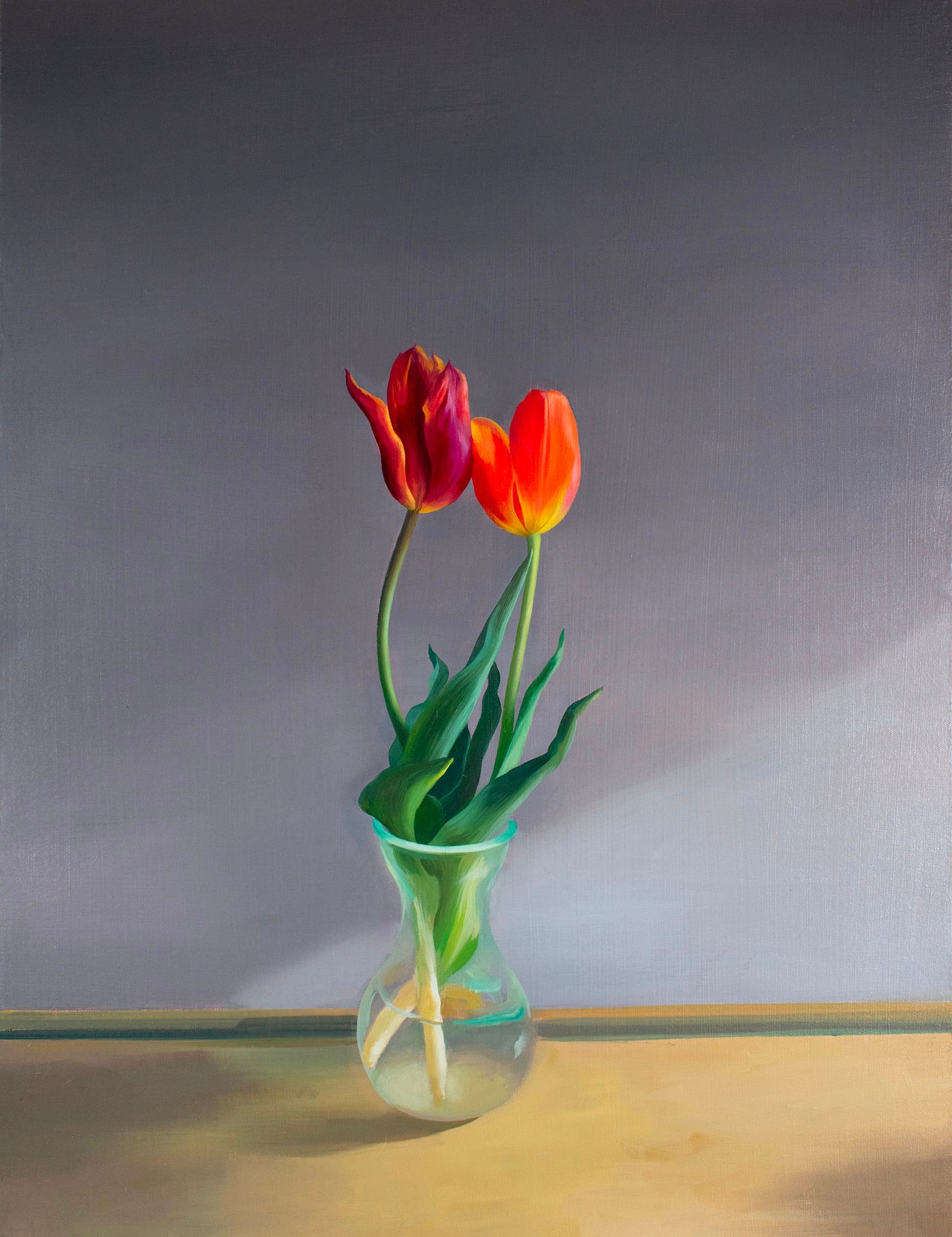

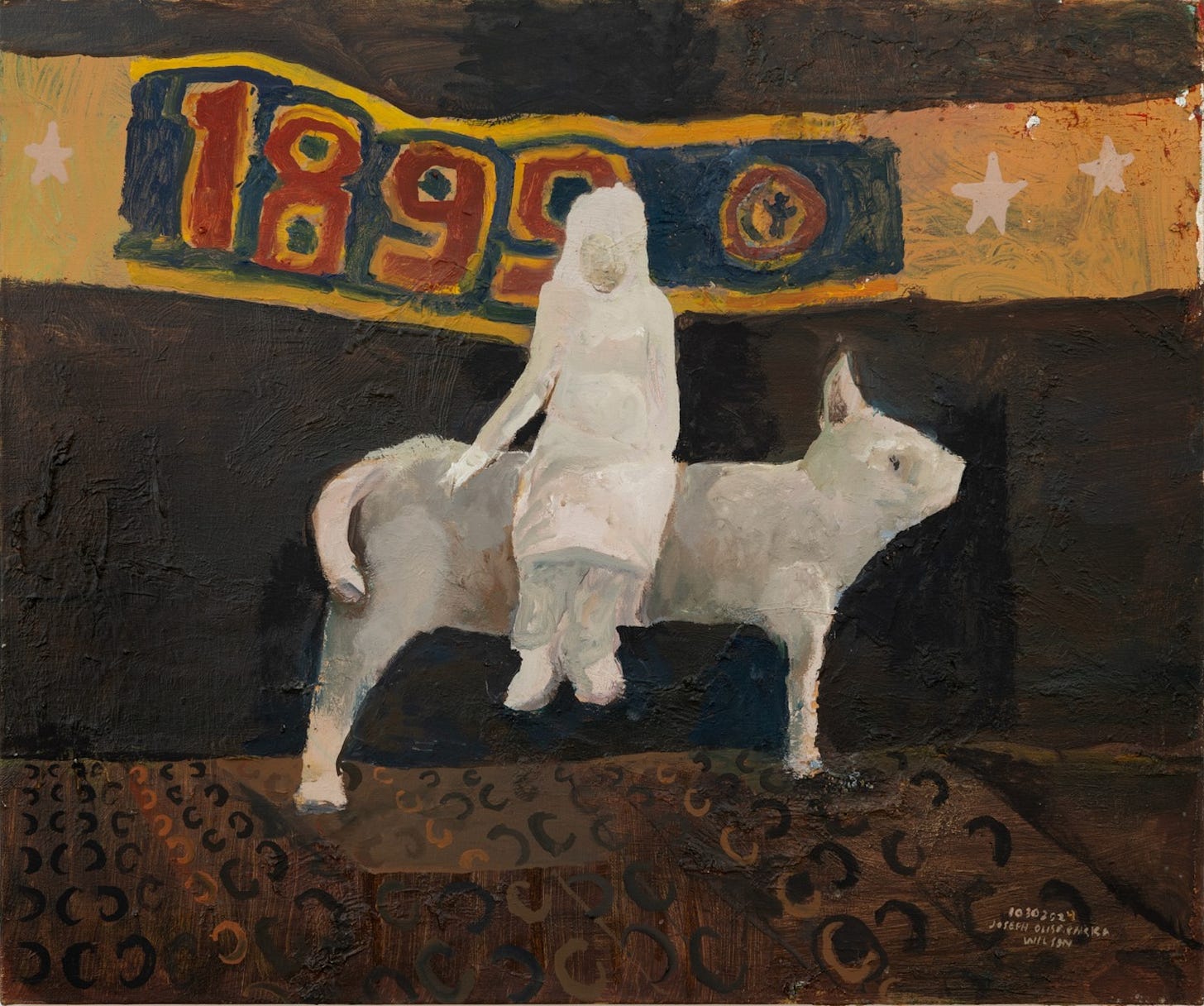
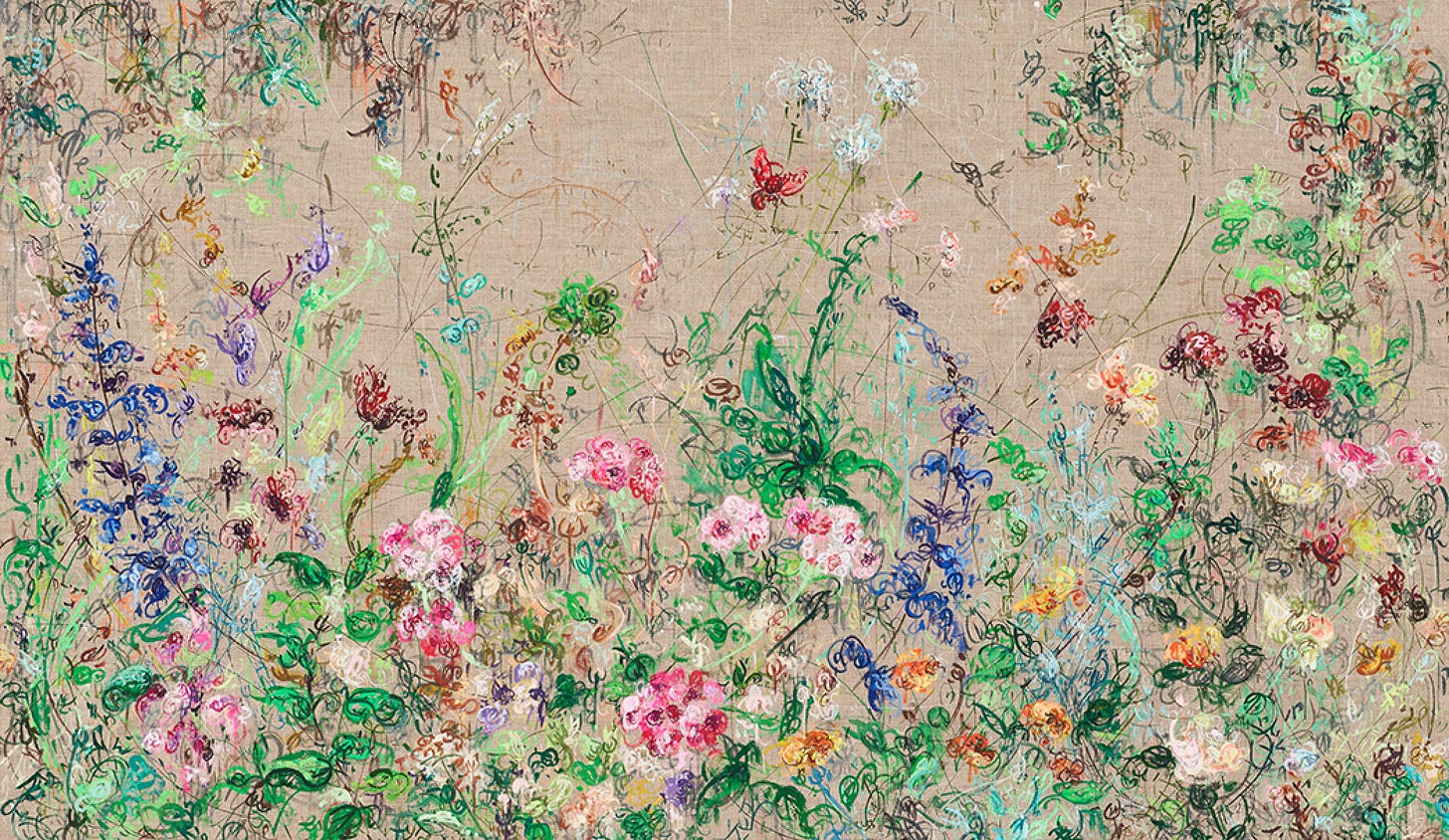


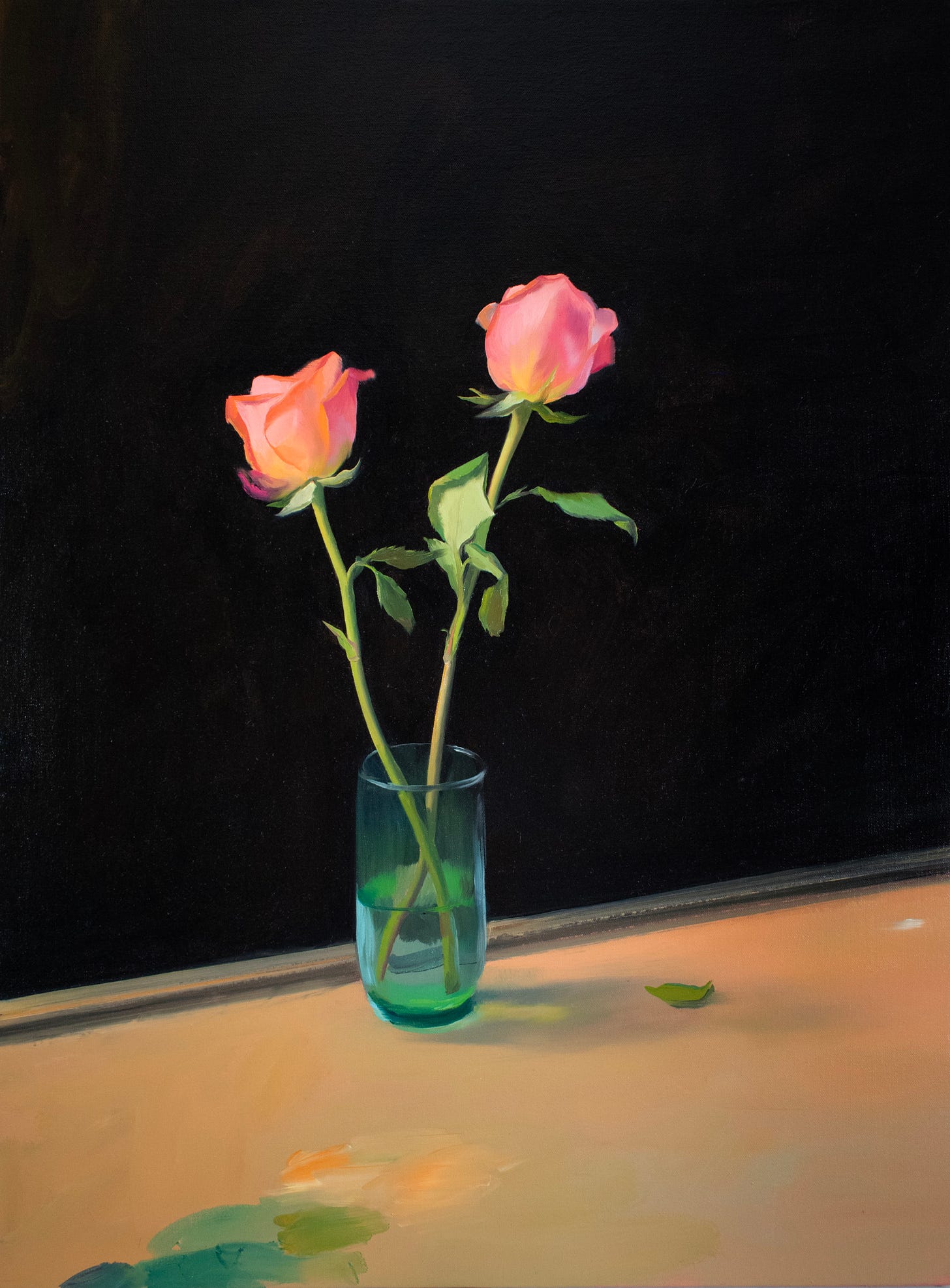
Very interesting, thanks ✨
Once again a great piece! And I learned about new visual artists to obsess over. Thank you this was so interesting!